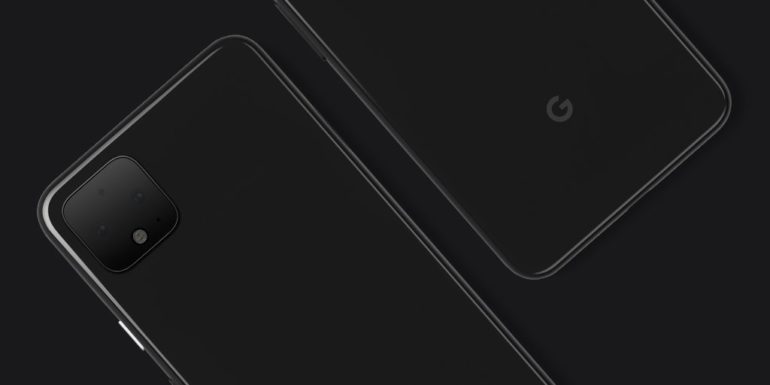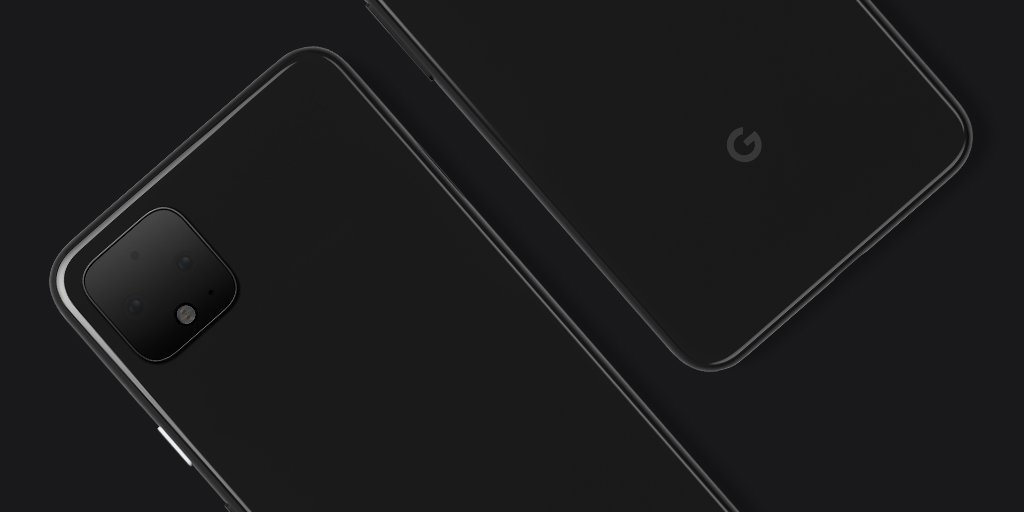Last Updated on 09/21/2019 by Mark Beckenbach
The new Google Pixel 4 might be taking mobile photography to new frontiers.
We all have our own feelings about the cameras we find on phones, and about mobile photography in general. There is one thing that nobody can deny, though, and that’s the leaps and bounds companies like Google are taking when it comes to this technology. The Google Pixel 4 is set to feature the most powerful camera yet on any Pixel device. Are you hyped about what this new camera on the Pixel 4 might be able to do? Let’s take a closer look at it after the break.
A recent report on Digital Trends shed a little light on what the camera on the new Google Pixel 4 might be able to do. We have to say that, if all is true, we will be quite impressed. According to the report, the Google Pixel 4, which will be powered by a new Qualcomm Snapdragon 855 processor and up to 6GB of RAM, may feature not one, but two cameras on the rear of the device: each powered by their own independent sensors. Reports indicate that there will be a 12 Megapixel primary sensor which powers a regular lens, and 16 Megapixel sensor which will power a telephoto lens. The front selfie camera will apparently no longer feature a wide lens, so if you like taking group shots with it, you may be out of luck. Its resolution will be 8.1 Megapixels.

So just what does Google have in store for the Pixel 4. There’s no surprise that Google will build heavily on the Night Sight feature which debuted in the Google Pixel 3. This AI-driven feature allows photographers to capture quality images in very low light situations by firing off a burst of images. The images are then stitched together and manipulated with computational and machine learning wizardry.

Not only will the Google Pixel 4 be able to produce regular Night Sight images faster than the Pixel 3, but it will apparently be able to capture Milky Way images too. Fans of capturing light streaks through the city streets will also like the long exposures you may be able to pull off. This is impressive, but even more so when you find out that you won’t need a tripod thanks to the image stabilization and machine learning. There may also be a new mode called Motion Mode. Motion Mode will enable the user to capture DSLR-like images of fast-moving subjects in sports while giving the effect of the background being turned into a platter of bokeh butter. Oh no, watch out Mirrorless and DSLR cameras.

The Google Pixel 4 sounds exciting for sure, and there is no doubt that camera technology in the mobile space is incredibly exciting. Personally, I still distance myself from those that say DSLR and Mirrorless cameras need to watch their backs. The technology is impressive for sure, but these cameras still don’t hold a flame to dedicated cameras. We don’t have long to find out exactly what Google has up their sleeves as the launch event for the phone has been set for October 15th. What do you think about the new cameras and their potential abilities? Let us know in the comment section below.


